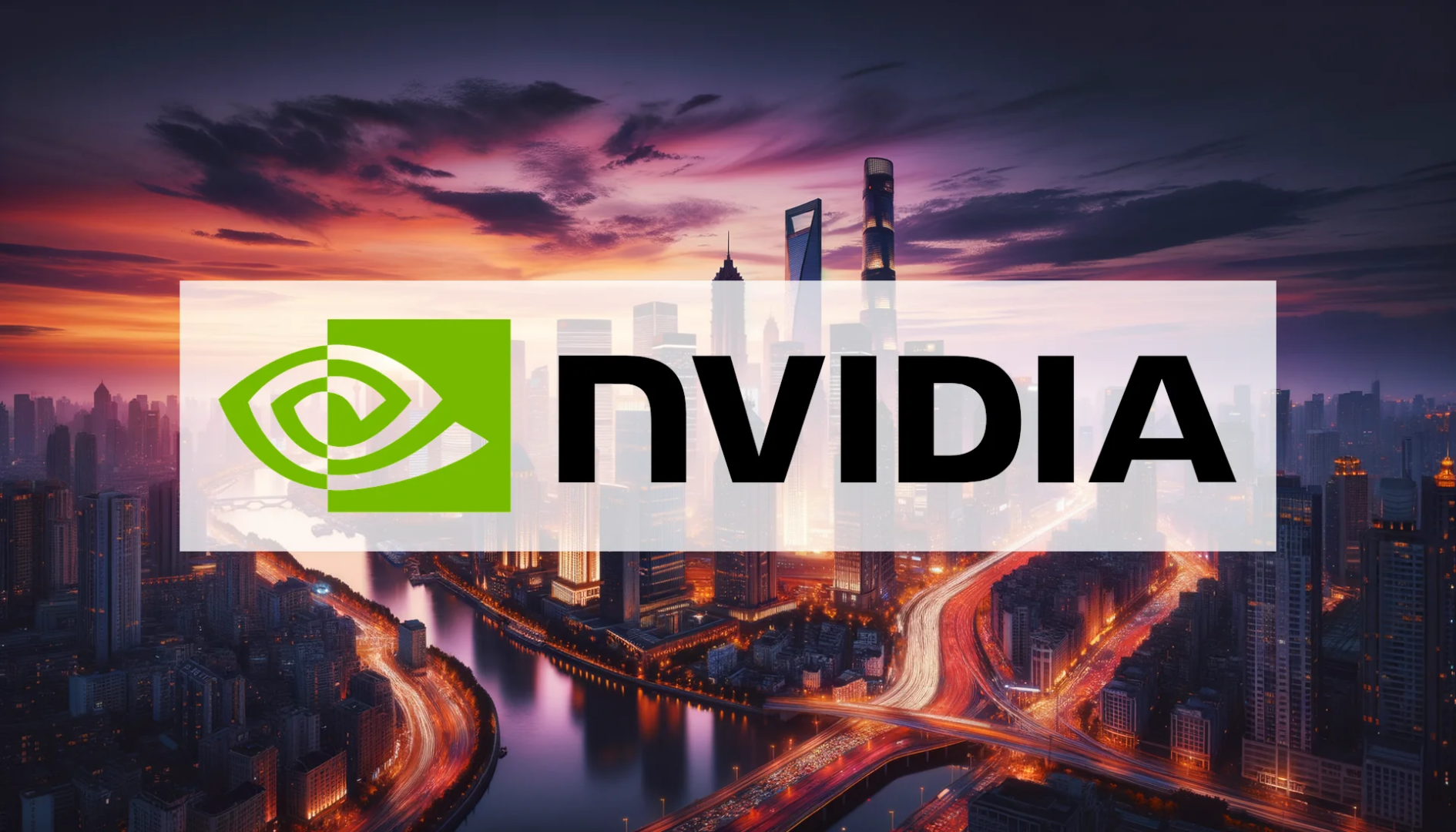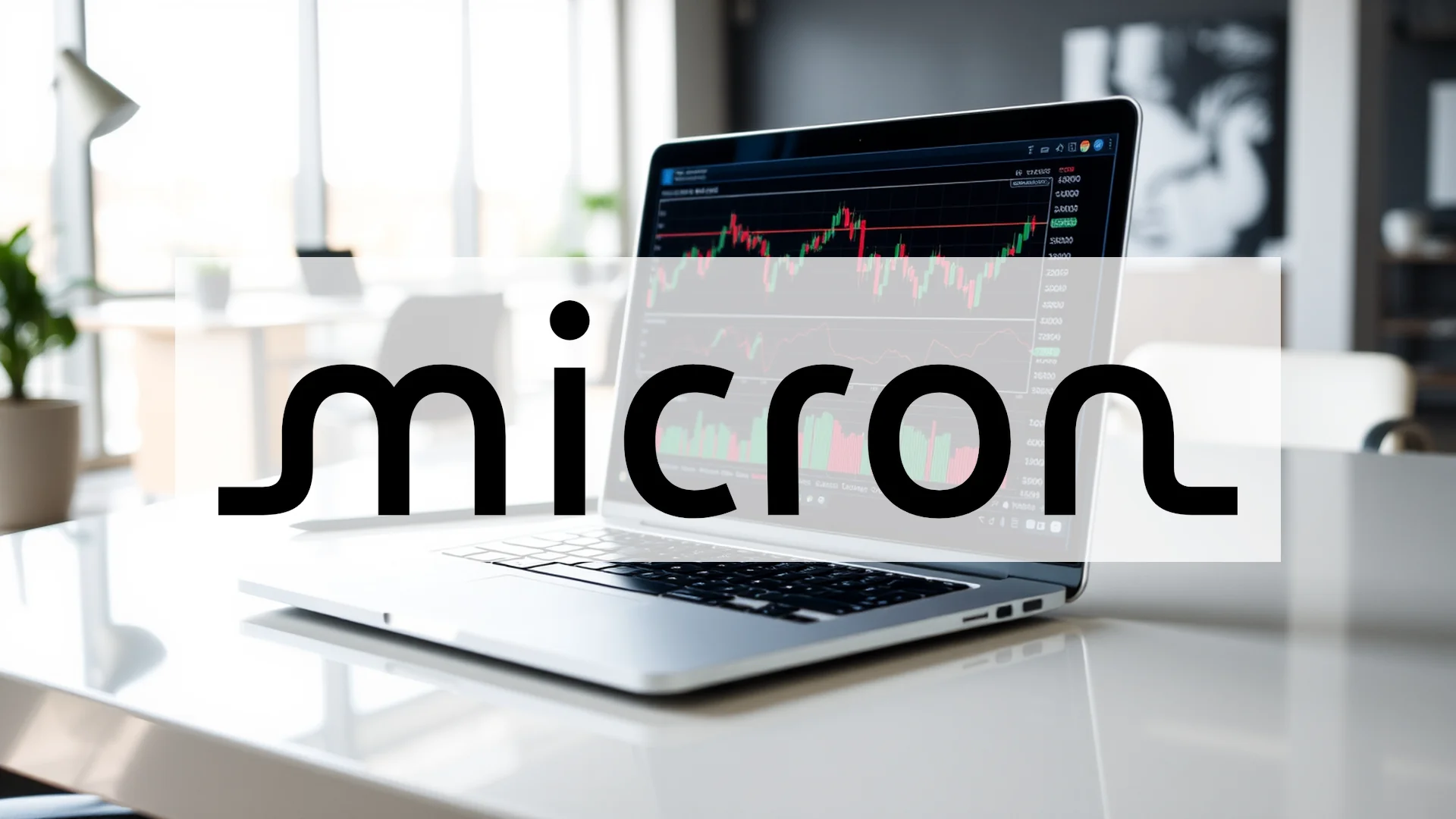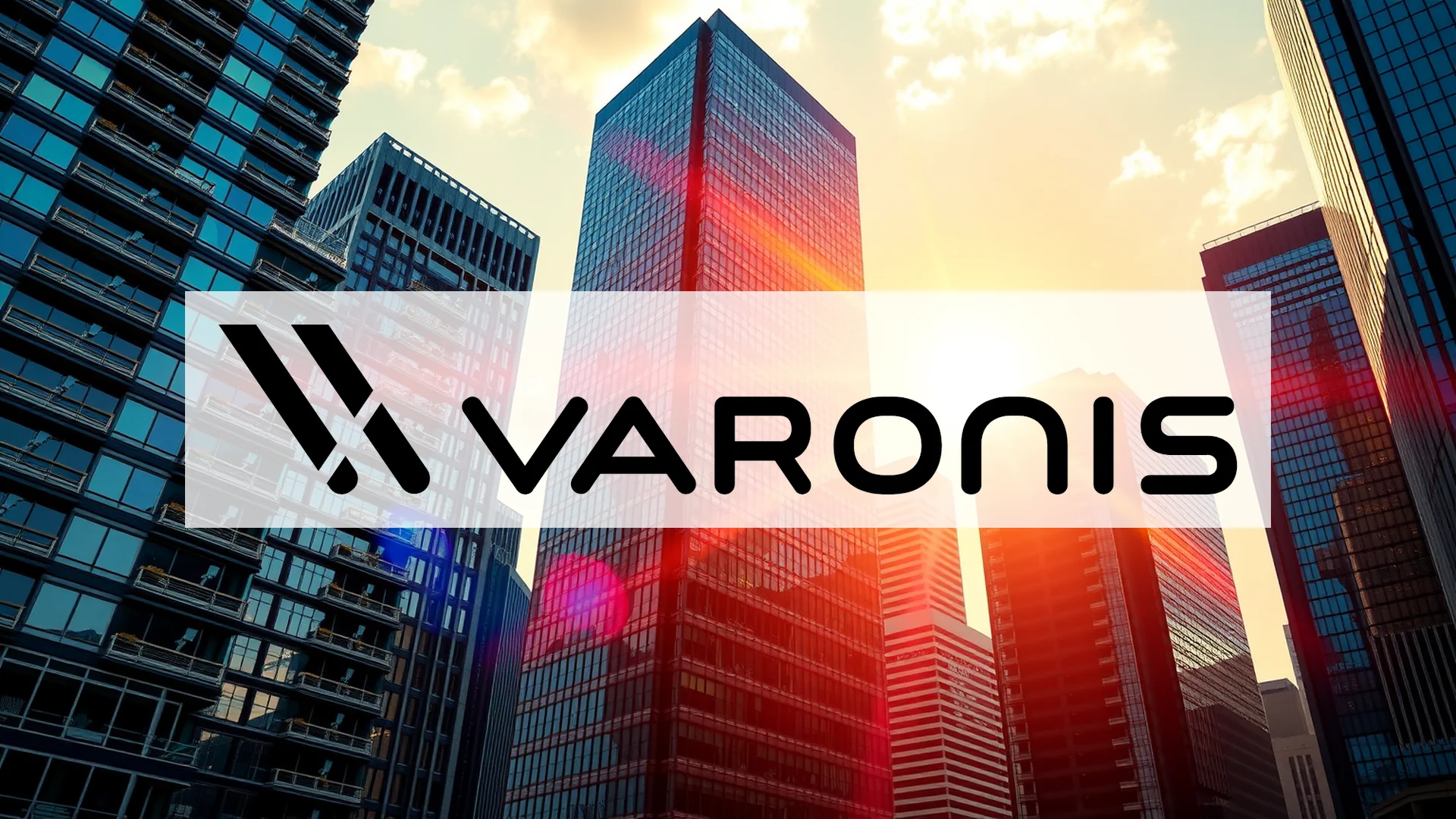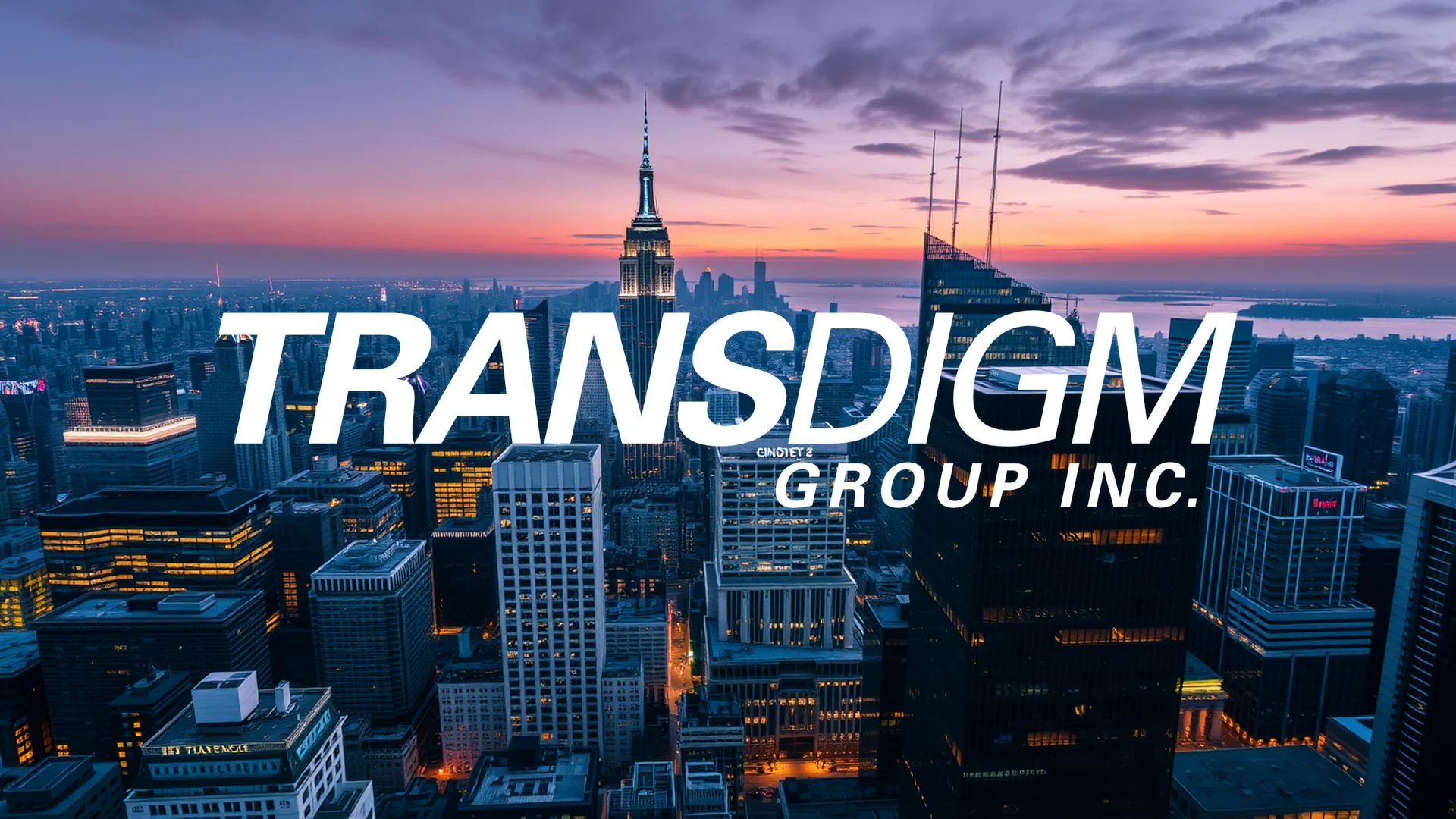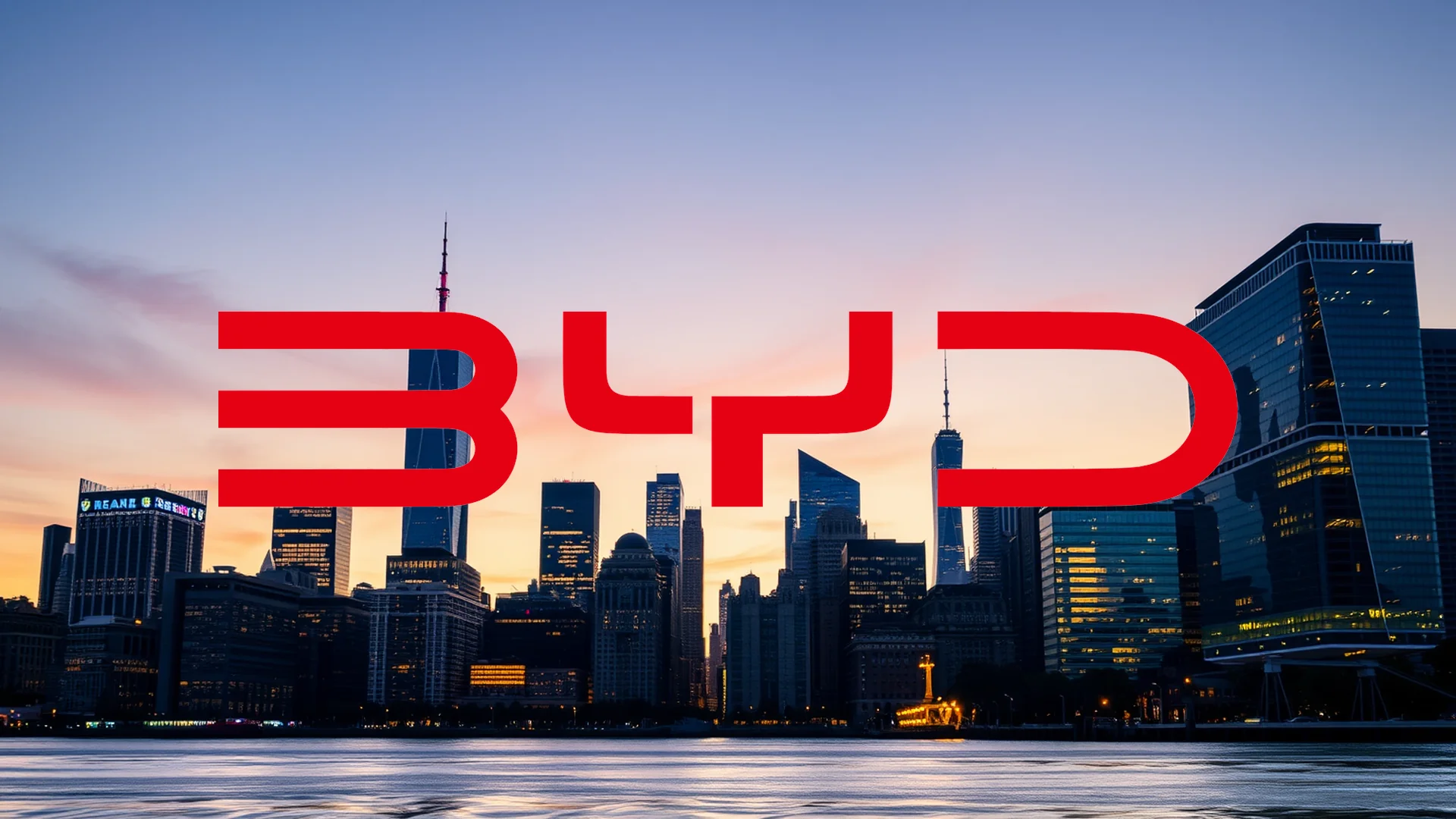Nvidia finds itself at a pivotal moment in its corporate history, navigating a complex landscape of strategic opportunities and significant risks. The company is simultaneously pursuing a groundbreaking alliance with OpenAI that could reshape AI infrastructure, while making a surprising investment in rival Intel. Compounding this strategic maneuvering are potential US tariff policies that threaten to fundamentally disrupt its entire business model, presenting investors with a challenging new risk profile.
Unexpected Intel Investment Raises Eyebrows
In a move that has puzzled industry observers, Nvidia has committed $5 billion to acquire a substantial stake in Intel, paying $23.28 per share for the struggling chipmaker. This financial injection represents more than mere portfolio diversification. The two semiconductor giants have announced plans to collaborate on developing customized data center and PC products, with Intel manufacturing specialized x86 processors for integration into Nvidia’s AI platforms. This unexpected partnership could potentially redefine competitive dynamics within the chip industry.
Should investors sell immediately? Or is it worth buying Nvidia?
OpenAI Partnership Sets Ambitious AI Infrastructure Goals
Market attention has focused sharply on Nvidia’s strategic partnership with OpenAI, which may involve investments reaching $100 billion. The collaboration aims to establish an AI infrastructure network with at least 10 gigawatts of capacity to support next-generation artificial intelligence systems. According to the timeline, initial systems based on Nvidia’s forthcoming Vera Rubin platform are scheduled to come online in the second half of 2026. This massive undertaking is designed to facilitate the training and operation of future AI models progressing toward superintelligence, though the scale of the project has already attracted regulatory scrutiny from antitrust authorities.
Proposed US Tariffs Present Existential Challenge
Meanwhile, a potentially existential threat is emerging from Washington. The US government is considering implementing severe trade restrictions that would mandate a “1-to-1” ratio for semiconductor manufacturers—requiring one chip to be produced domestically for every chip imported. Companies failing to meet this quota would face punitive tariffs of up to 100%. For Nvidia, which relies heavily on manufacturing partners like Taiwan Semiconductor (TSMC), these measures could trigger a complete restructuring of its cost framework. The stock now confronts an unprecedented risk scenario whose full implications remain difficult to quantify.
Ad
Nvidia Stock: Buy or Sell?! New Nvidia Analysis from December 29 delivers the answer:
The latest Nvidia figures speak for themselves: Urgent action needed for Nvidia investors. Is it worth buying or should you sell? Find out what to do now in the current free analysis from December 29.
Nvidia: Buy or sell? Read more here...

